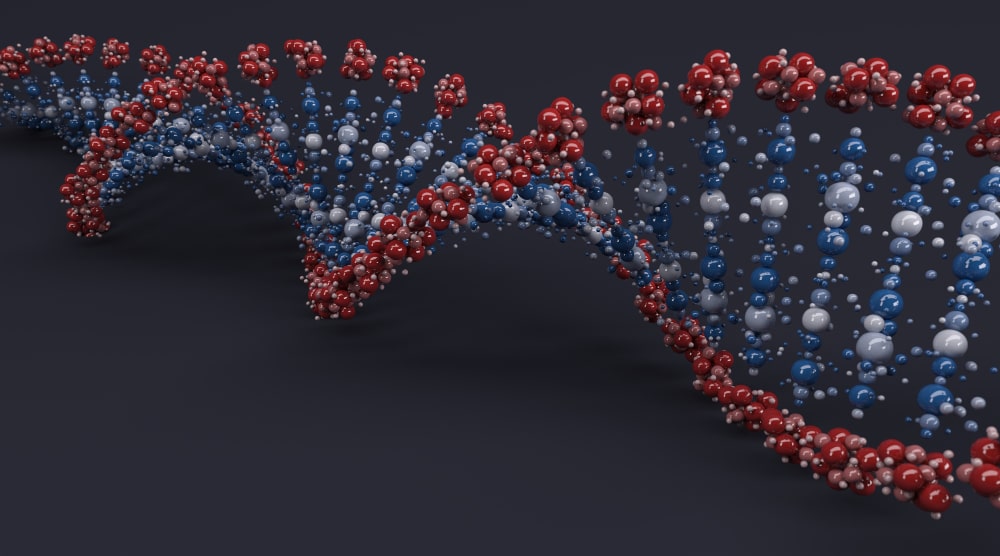These molecular machines in cells are nanoscale protein complexes that perform the fundamental tasks keeping organisms alive from synthesizing ATP to replicating DNA and transporting cargo across cellular membranes. Unlike the mechanical devices we use daily, these biological motors operate with remarkable precision at the atomic level, converting chemical energy into mechanical work.
This article explores how cellular protein machinery drives essential life processes, examining the sophisticated mechanisms behind ATP synthesis, protein production, and intracellular transport. You’ll discover how molecular machines in cells function as the workforce of biology, enabling everything from muscle contraction to immune responses, and why understanding these nanomachines is revolutionizing medicine and biotechnology.
What Are Molecular Machines and Why Do They Matter?
At the heart of every living cell exists a bustling factory of nanoscale workers. Molecular machines in cells are protein complexes that function like miniature engines, performing specific tasks essential for survival. These biological motors convert chemical energy, typically from ATP, into mechanical motion or catalytic activity. Unlike human-made machines, these cellular workhorses operate with near-perfect efficiency at temperatures compatible with life.
The discovery of these remarkable structures earned several scientists Nobel Prizes, including the 2016 Chemistry award for designing synthetic molecular machines. Understanding how molecular machines in cells function has transformed our comprehension of biology, revealing that life depends on precisely coordinated mechanical processes at the molecular level.
The Major Types of Cellular Protein Machinery
ATP Synthase: The Cell’s Power Generator
ATP synthase stands as one of nature’s most elegant molecular machines in cells. This rotary motor synthesizes adenosine triphosphate (ATP), the universal energy currency of life. Located in mitochondrial membranes, it harnesses the flow of protons across membranes to drive the production of ATP molecules.
The machine consists of two main components:
- A rotating shaft that spins up to 100 times per second
- Catalytic sites that bind ADP and phosphate to form ATP
- A proton channel that powers the rotation
This remarkable nanomachine produces approximately 100 ATP molecules per second, generating the energy needed for virtually every cellular process.
Ribosomes: Protein Manufacturing Plants
Ribosomes represent another class of essential molecular machines in cells responsible for protein synthesis. These complex assemblies read messenger RNA sequences and link amino acids together in precise order, creating the thousands of different proteins cells require.
The ribosome’s efficiency is staggering. A single bacterial ribosome can add 20 amino acids per second to a growing protein chain. Human cells contain millions of ribosomes working simultaneously, producing the structural components, enzymes, and signaling molecules necessary for life.
Motor Proteins: The Cellular Transport System
Motor proteins like kinesin, dynein, and myosin function as the transportation network within cells. These molecular machines in cells walk along protein tracks called microtubules and actin filaments, carrying cargo to specific destinations.
Kinesin motors transport:
- Neurotransmitter vesicles in neurons
- Mitochondria to energy-demanding regions
- Building materials for cell growth
- Waste products to recycling centers
These molecular motors take tiny steps, approximately 8 nanometers at a time, yet collectively move materials across distances thousands of times their own size.

How Molecular Machines Convert Energy Into Work
The operation of molecular machines in cells relies on conformational changes shape-shifting at the molecular level. When ATP binds to these proteins, it triggers structural transformations that produce mechanical force or catalytic activity.
This process follows a basic cycle:
- Energy molecule (usually ATP) binds to the machine
- Chemical energy releases through ATP hydrolysis
- Protein undergoes conformational change
- Mechanical work is performed
- Products release and the cycle resets
This mechanism allows cellular protein machinery to operate with remarkable precision, often with error rates below one in ten thousand operations.
The Role in DNA Replication and Repair
DNA helicases and polymerases represent specialized molecular machines in cells that maintain genetic information. Helicases unwind the double helix structure, while polymerases copy DNA sequences with extraordinary accuracy. During cell division, these machines replicate approximately three billion base pairs in human DNA with fewer than one error per billion nucleotides.
DNA repair machinery constantly patrols the genome, identifying and fixing damage from radiation, chemicals, or replication errors. Without these molecular quality control systems, genetic information would rapidly deteriorate.
Medical and Technological Applications
Understanding molecular machines in cells has opened revolutionary possibilities in medicine and biotechnology.
Researchers are developing:
- Targeted drug delivery systems using modified motor proteins
- Biosensors that detect diseases at molecular levels
- Synthetic nanomachines for manufacturing pharmaceuticals
- Gene therapy tools based on viral molecular machinery
These applications demonstrate how fundamental biological research translates into practical innovations that improve human health and technology.
The sophistication of cellular protein machinery continues inspiring engineers designing artificial nanoscale devices, proving that nature remains the ultimate engineer at the molecular level.
Conclusion
Molecular machines in cells represent nature’s most sophisticated engineering achievements, powering every essential biological process from energy production to DNA replication. These nanoscale protein complexes work with remarkable precision and efficiency, demonstrating that life itself depends on mechanical processes at the molecular level. As research advances, our understanding of these cellular motors continues expanding, revealing new therapeutic possibilities and inspiring technological innovations. Whether you’re a student, researcher, or simply curious about how life works, exploring molecular machines in cells offers fascinating insights into the hidden machinery that makes existence possible. Stay curious and continue discovering the incredible world operating inside every living organism.





